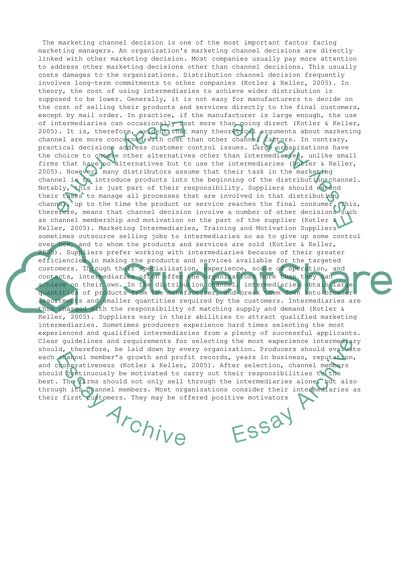Cite this document
(“Management Admission/Application Essay Example | Topics and Well Written Essays - 1000 words”, n.d.)
Retrieved from https://studentshare.org/management/1438328-each-page-different-topic
Retrieved from https://studentshare.org/management/1438328-each-page-different-topic
(Management Admission/Application Essay Example | Topics and Well Written Essays - 1000 Words)
https://studentshare.org/management/1438328-each-page-different-topic.
https://studentshare.org/management/1438328-each-page-different-topic.
“Management Admission/Application Essay Example | Topics and Well Written Essays - 1000 Words”, n.d. https://studentshare.org/management/1438328-each-page-different-topic.


